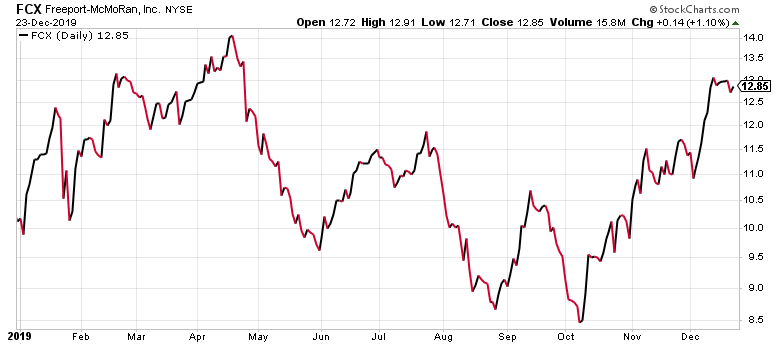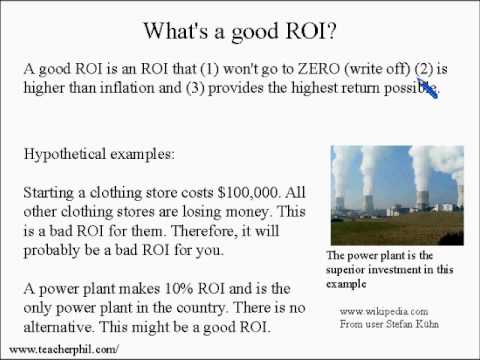
Often smaller companies will choose to use a single-step income statement due to its ease and simplicity. Examples of a non-operating income include gain from the sale of an asset, gain incurred in foreign exchange dealings, dividend income, and profit from investments. Since it is concise and uses just one equation, the single-step income statement is very easy to read. Sage 50cloud is a feature-rich accounting platform with tools for sales tracking, reporting, invoicing and payment processing and vendor, customer and employee management. The next step when preparing a multi-step income statement is to calculate the cost of goods sold.

If you’re a sole proprietor, freelancer, or consultant, a single-step income statement is sufficient. The single-step income statement is easier to prepare and provides the information you need. A Multi-Step Income Statement can be used to analyze company performance and allow for a more detailed analysis compared to a single-step income statement.
Choosing a Single-Step vs. Multi-Step Income Statement
Single-step income statements are less detailed than multi-step statements, but they can be easier to read and understand. Single-step statements combine all expenses into one category, making it clear how much profit a company has generated after all expenses have been deducted from revenue. However, this simplicity can also make it difficult to get a clear picture of where expenses are coming from. As a result, single-step income statements may not provide as much information as multi-step statements for making business decisions.

Go a level deeper with us and investigate the potential impacts of climate change on investments like your retirement account. Take your learning and productivity to the next level with our Premium Templates. what is an advantage to using a multi-step income statement Access and download collection of free Templates to help power your productivity and performance. To see our product designed specifically for your country, please visit the United States site.
On the other hand, the multi-step income statement requires three steps to complete, resulting in more detail about business operations, making it particularly valuable to investors and financial institutions. Income taxes are paid by the company on its taxable income, which is calculated by subtracting deductions (such as business expenses, interest payments, and donations) from revenue. An example of a single step income statement is Dana Incorporated’s Consolidated Statement of Operations for the calendar years ended December 31, 2021, 2020, and 2019. It’s available as a 10-K company filing in the SEC’s EDGAR database dated February 23, 2022. The key difference between a single and multi-step income statement is that a single-step statement uses only one step to calculate the net income, whereas a multi-step statement uses numerous steps.
Multi step vs Single step income statement
The Gross profit part of a multi step income statement shows Net Revenues (Net Sales and Net Service Revenues) minus Cost of goods sold. The Operating income part lists operating expenses and subtracts them from Gross profit to equal Operating income. The net income line is calculated as Operating income less net Non-operating expenses. The siloed breakdowns in multiple-step income statements allow for deeper analysis of margins and provide more accurate representations of the costs of goods sold. Such specificity gives stakeholders a sharper view of how a company runs its business, by detailing how the gross, operating, and net margins compare. You can also include taxes in this section, or if you’re looking to create EBIT , you can create a separate section for taxes.
Our work has been directly cited by organizations including MarketWatch, Bloomberg, Axios, TechCrunch, Forbes, NerdWallet, GreenBiz, Reuters, and many others. These expenses can include wages of admin staff, factory and warehouse rent, utilities, etc. For revenue to be recognized, a business needs to fulfill the obligations of a sale. Revenue is considered income when there has been an exchange of goods or services for money. In layman’s terms, you earned a sale, the customer received something of value, and there is a receipt to prove that it was done correctly. The marketing management team is responsible for developing the marketing plan, which guides what, how, and when a company is going to sell a product.
What is a multi-step income statement?
Single-step income statements, on the other hand, lump everything together into one bottom-line figure. The total operating expense of the business stands at $19,000, and thus to arrive at the operating income, we deduct the operating expense from the gross profit to arrive at a value of $131,000. Finally, to arrive at the net income, we add the operating and non-operating income to arrive at the value of $164,000. It breaks down expenses and revenues that are directly related to the business’s operations versus those that aren’t.
- Users can gain insights into how a company’s primary business activities generate revenue and affect costs compared to the performance of the non-primary business activities.
- While both formats have advantages and disadvantages, your choice of format depends on what you intend to use your income statement for.
- The gross profit is calculated by deducting the cost of good sold from total revenue.
- Single-step income statements are simple to prepare and display net income as the focus metric.
- Start with your gross sales revenue, then move through each section reporting accounts on the left and totals on the right.
- The Gross profit part of a multi step income statement shows Net Revenues (Net Sales and Net Service Revenues) minus Cost of goods sold.
These total expenses can then be subtracted from gross profit to arrive at the operating income. A multi-step income statement classifies the revenues, expenses, losses, and gains into operating and non-operating sections (commonly known as heads). Users can gain insights into how a company’s primary business activities generate revenue and affect costs compared to the performance of the non-primary business activities.
Single-Step vs. Multiple-Step Income Statements: What’s the Difference?
The absence of gross margin and operating margin data can make it difficult to determine the source of most expenses and can make it harder to project whether a company will sustain profitability. Without this data, investors may be less likely to invest in a company, causing businesses to miss out on opportunities to acquire operating capital. A single-step income statement offers a simplified snapshot of a company’s revenue and expenses. This straightforward document merely conveys a company’s revenue, expenses, and bottom-line net income. All revenues and gains are totaled at the top of the statement, while all expenses and losses are totaled at the bottom. This simplified approach makes record-keeping easier for both the accountants who prepare the statements and the investors who read them.
In any case, GAAP gives companies the option of issuing either single-step or multiple-step income statements, depending on how they’re structured. The gross profit is calculated by deducting the cost of good sold from total revenue. The gross profit relates to the core activity of a business and shows how profitable is a company in manufacturing its product. The multi-step income statement helps users in analyzing the performance of the business.
Income statements, also called profit and loss statements, are one of the major financial statements prepared by businesses. A multi-step income statement includes much of the information found in a single-step format, but it makes use of multiple equations to determine the profit, or net income, of a business. Multi-step income statements break down operating expenses and operating revenues versus non-operating expenses and revenues. This process separates expenses and revenues directly related to the business’s operations from those not directly related to its operations. A single step income statement is one of the most basic and straightforward financial statements. It lists all of a company’s revenue and expenses for a given period of time, with the net income (or loss) at the bottom.

Explore what the marketing plan is and how the marketing management measures its results and return to investment. We subtract the cost of goods sold from the net sales to arrive at the gross profit number. A financial professional will offer guidance based on the information provided and offer a no-obligation call to better understand your situation. Our goal is to deliver the most understandable and comprehensive explanations of financial topics using simple writing complemented by helpful graphics and animation videos. On the other hand, Single-Step Income Statements are typically used when there is only one product or service available.
After review and approval by financial management, it can be distributed to authorized internal users. As an example, let’s suppose a clothing manufacturing company has an overall net profit for a year. However, looking into the breakdown as provided by a multi-step income statement, the investor or creditor can see that the company is not doing so well on its core business operations. The net income becomes diluted because the company has made a gain from selling real estate and recording it as non-operating revenue. The income statement, one of the four principal financial reports for businesses, shows the company’s net income or loss over a specified period of time.
Great! Your retirement-ready report is on its way.
If you’re creating a multi-step income statement for the first quarter of 2020, your trial balance should be prepared for the same quarter. Because gross profit focuses only on sales revenue and cost of goods sold, business owners have a better idea about how profitable their core business operation really is. For an expense or income to be called a non-operating activity, it should be an extraordinary item that is not part of the company’s operations. Examples of a non-operating income include gain from the sale of an asset, gain incurred in foreign exchange dealings, dividend income and profit from investments.
First Wireless Innovation Fund Grants, Greg McLaughlin New CEO … – BroadbandBreakfast.com
First Wireless Innovation Fund Grants, Greg McLaughlin New CEO ….
Posted: Wed, 09 Aug 2023 14:15:34 GMT [source]
Additionally, a multi-step income statement divides operating revenue and expenses from non-operating to pinpoint net profit. See the purpose of source documents through examples of well-kept records in accounting. Financial ratios notate the relationship between different items in the financial statement. See the application of liquidity, debt, and efficiency ratios in financial analyses.
Although Bob and his donut shop are still a small business and would not have otherwise been required to create a multi-step statement, he wants to take out a bank loan of $25,000. The bank has requested that Bob must present the income statement in a multi-step format to get a better picture of his business. The critical difference between an income statement vs a balance sheet is revenue recognition. When all business actions are verified, revenue becomes income, and it is reported on the income statement. The single-step income statement is the easiest income statement format to prepare, focusing mainly on net income. The articles and research support materials available on this site are educational and are not intended to be investment or tax advice.

